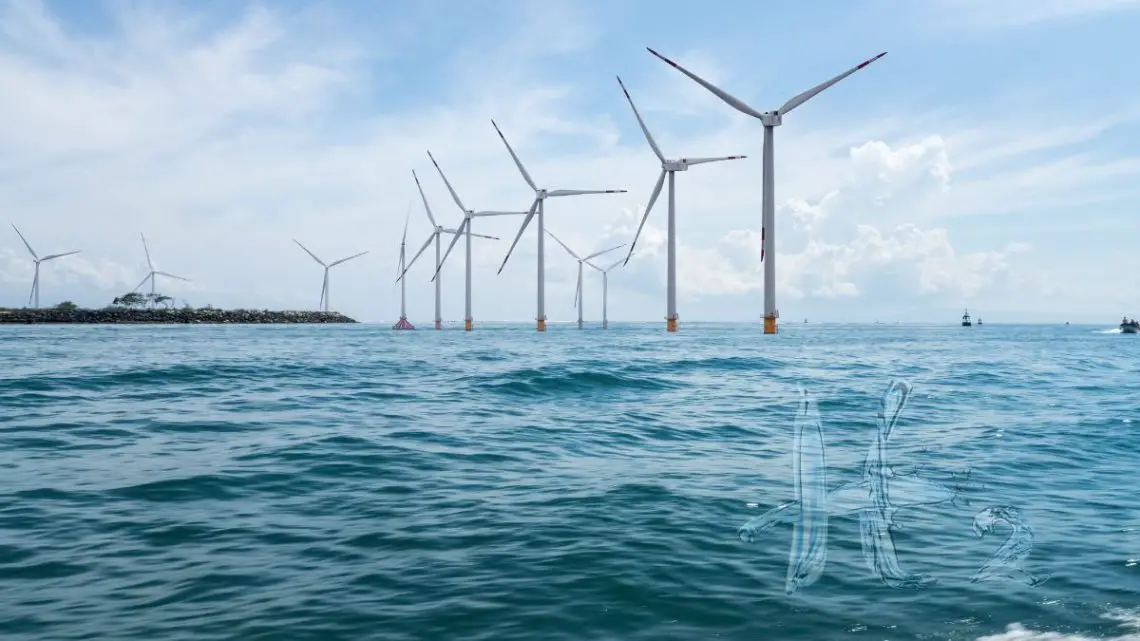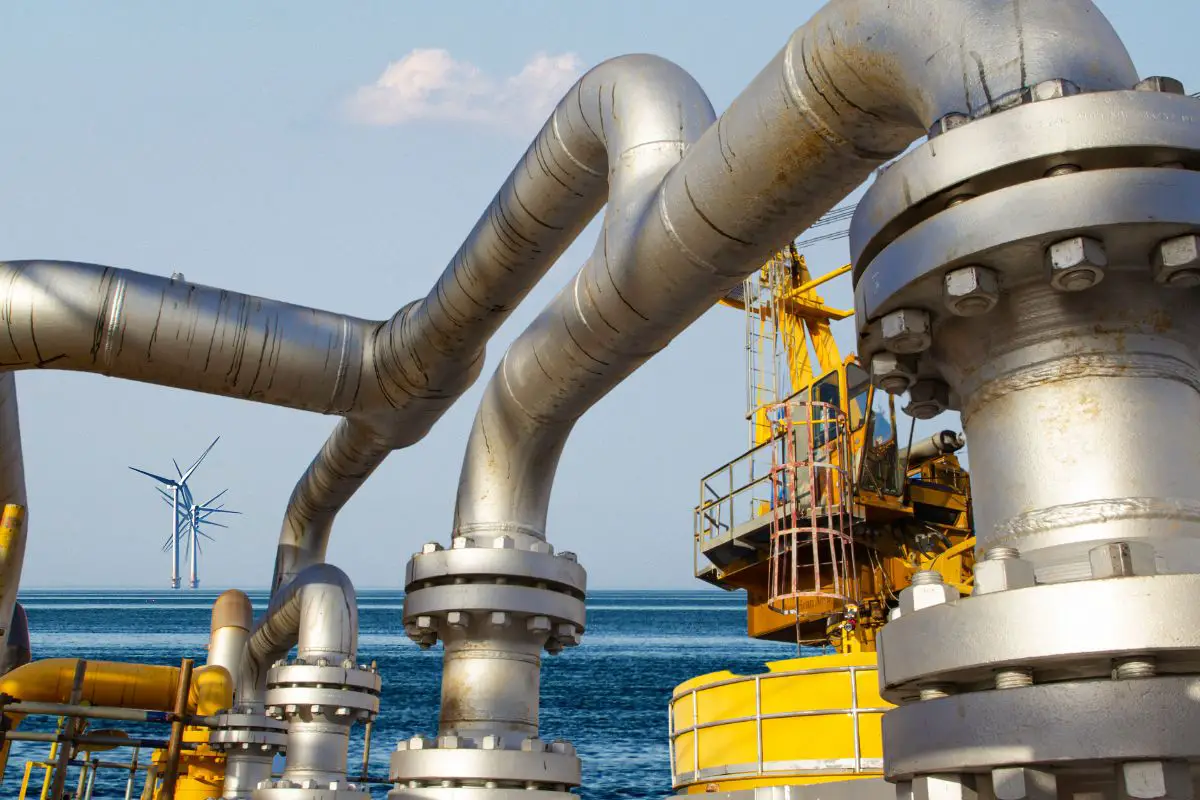
Offshore wind energy farms are a top focus for clean hydrogen production
July 17, 2024Researchers worldwide are looking into this renewable power for greener H2
It isn’t news that hydrogen production needs to be cleanly powered for the fuel to be considered green, so wind energy has become an important focus in ensuring that the clean electricity is available to power technology such as electrolyzers.
Scientists are looking to offshore production to make this happen
Researchers from the National Renewable Energy Laboratory (NREL) have been examining the opportunities along the full lengths of the US Atlantic Coast as well as in the Gulf of Mexico to install fields of offshore wind energy turbines. These locations are seen as promising because they contain places where the water isn’t too deep, but where the wind is quite strong. The researchers published their findings in a recent article called “Potential for large-scale deployment of offshore wind-to-hydrogen systems in the United States.” The article was published in the Journal of Physics: Conference Series.
Using the coastline for wind energy production is meant to reduce hydrogen cost
The focus on using offshore electricity generation to power hydrogen fuel production is an effort that aligns with the goals of the US Department of Energy (DoE) for making low-cost clean H2. This goal is reliant on both the location and the technology chosen.

The hydrogen can be made using an electrolyzer that will split molecules into oxygen and H2. That said, most H2 is currently produced using methods that are powered by fossil fuels, meaning that the process emits carbon dioxide and other greenhouse gases. Choosing renewable power such as wind or solar to run the electrolyzers is seen as one of the most desirable clean H2 production opportunities. That said, making that process cost effective is another challenge entirely.
The DoE’s Hydrogen Shot initiative
 The Department of Energy’s Hydrogen Shot initiative is pushing forward to reduce the cost of clean production of H2, with a target of bringing the price down to $1 per kilogram by 2031. While making the fuel $2 per kilogram would make it competitive with the more conventional methods of production that involve greenhouse gas emissions, halving that price will give H2 produced using solar and wind energy an advantage for widespread adoption.
The Department of Energy’s Hydrogen Shot initiative is pushing forward to reduce the cost of clean production of H2, with a target of bringing the price down to $1 per kilogram by 2031. While making the fuel $2 per kilogram would make it competitive with the more conventional methods of production that involve greenhouse gas emissions, halving that price will give H2 produced using solar and wind energy an advantage for widespread adoption.



 With over 15 years of reporting hydrogen news, we are your premier source for the latest updates and insights in hydrogen and renewable energy.
With over 15 years of reporting hydrogen news, we are your premier source for the latest updates and insights in hydrogen and renewable energy.